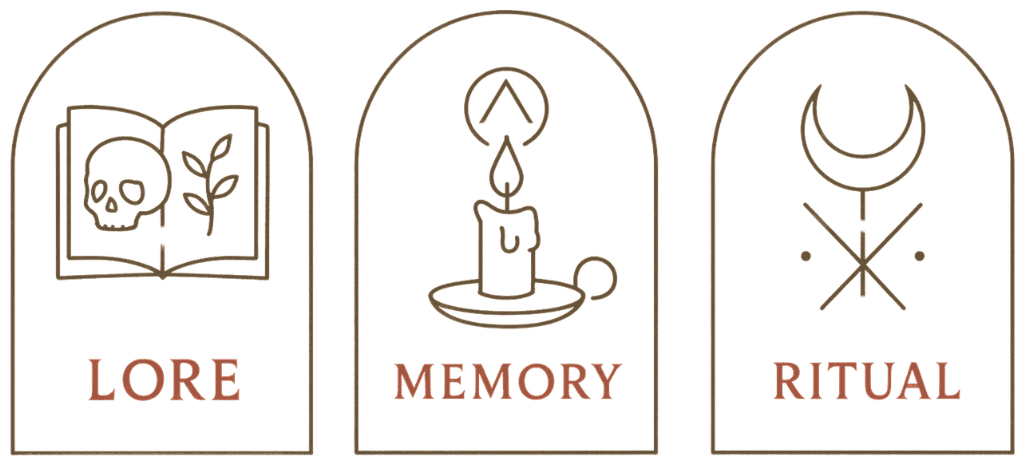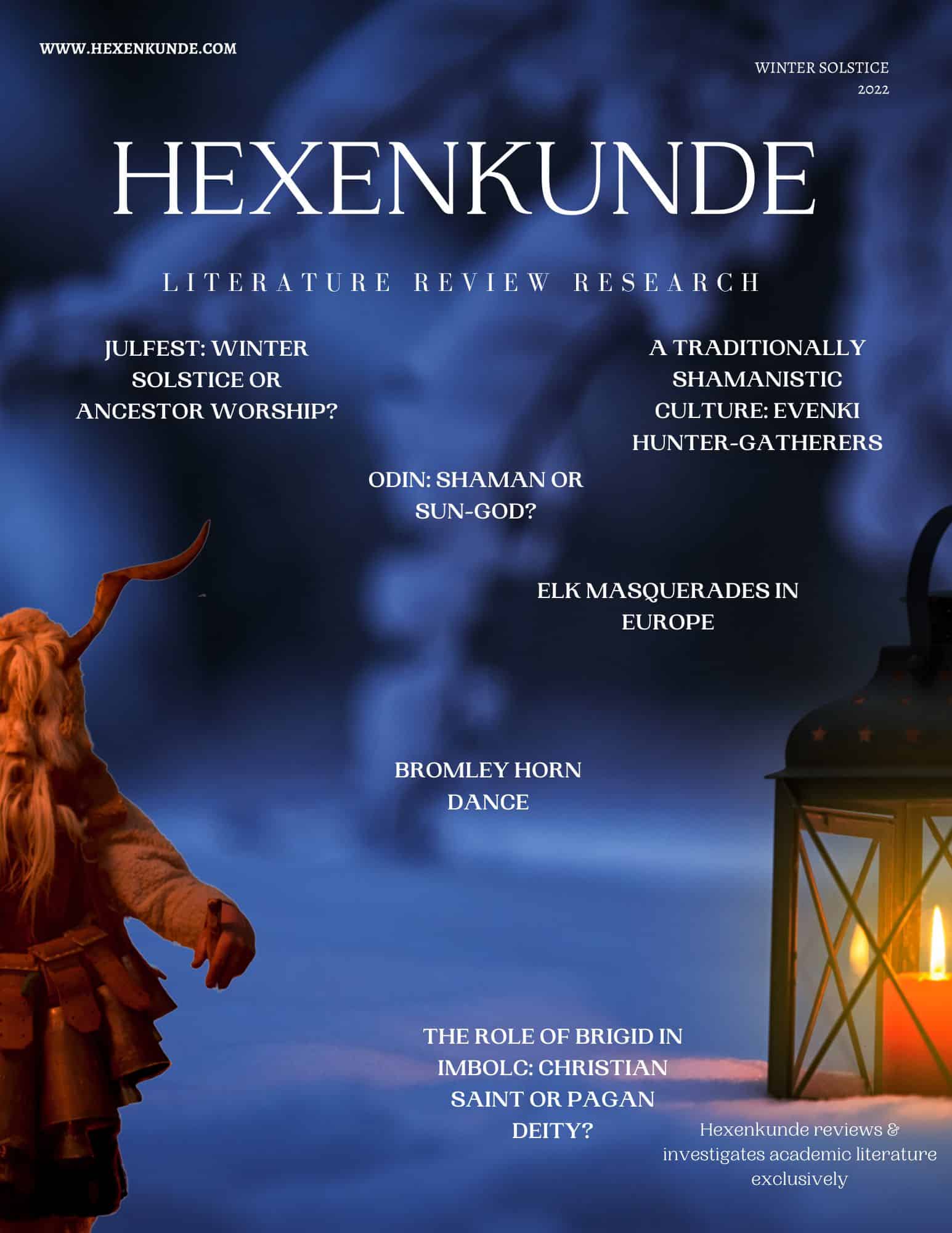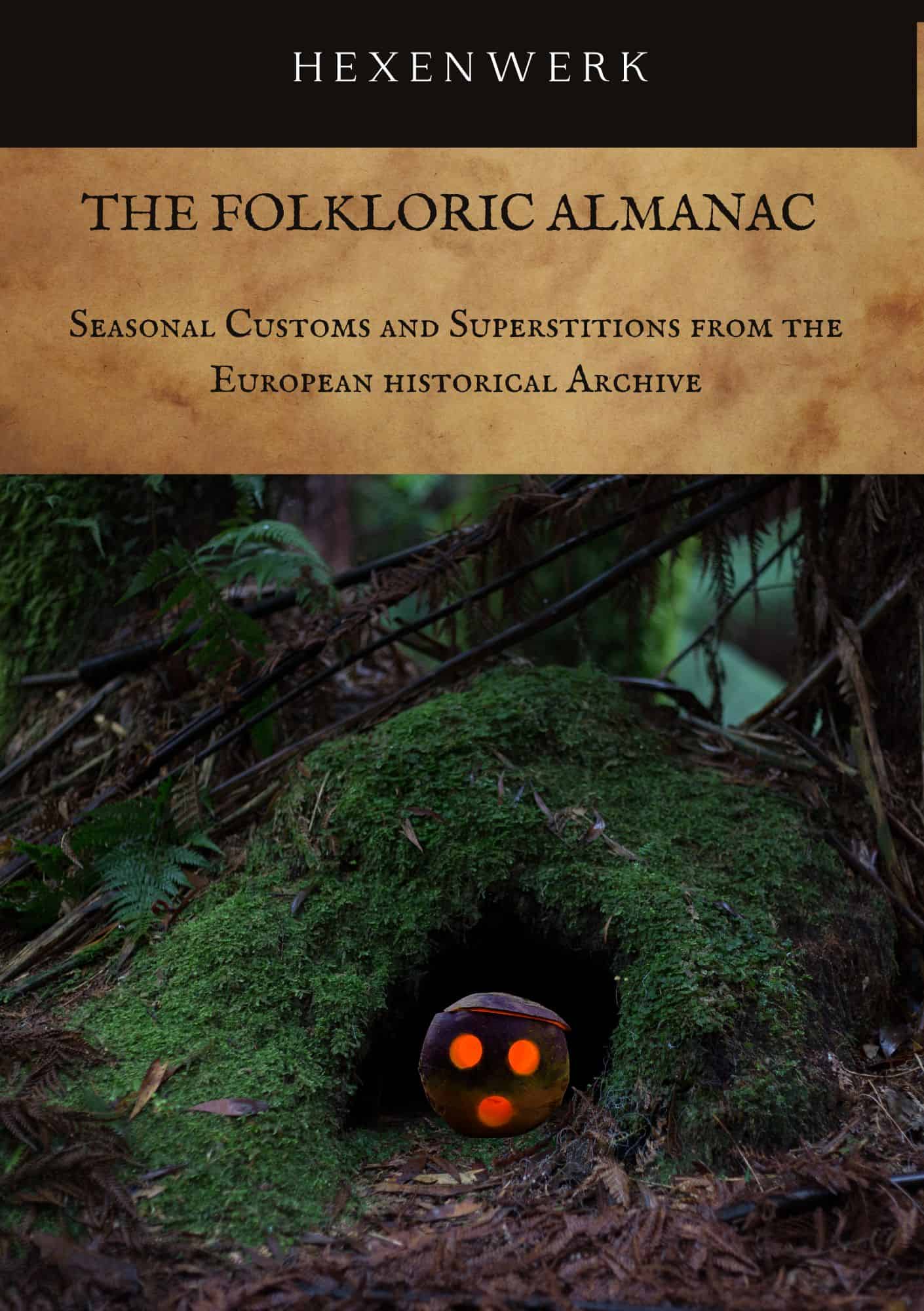Hexenkunde
Witchlore, Folklore & Forgotten Rites.
A monthly digital magazine uncovering the old ways,
buried myths, seasonal fire rites, ecstatic flights, and the hidden histories of witches.
Because real witchcraft has roots.

The forgotten stories still speak — through bonfires, bones, and seasonal rites. Hexenkunde gathers old myths and uncovers the roots they grew from: pagan customs, rural traditions, and whispered knowledge passed through generations.
This isn’t made up. Each issue is grounded in historical research, ethnographic records, and real folklore—not Pinterest fiction. We cite everything. Because witchcraft deserves memory, not just imagination.
Witchlore lives in practice. In charms and chants, in sacred fires and shadowy nights. Hexenkunde reawakens ritual knowledge, guiding you to reconnect with the cycles, symbols, and spirits that shaped the old ways.
What’s Inside Each Month
Meet our magazine + almanac
Myth & Folklore
Old Stories, Unburied
Witches in flight. Talking bones. Forest spirits and saints with strange powers. Each issue includes richly researched tales drawn from oral traditions and obscure texts.
Seasonal Rites
Fire, Ash, and the Wheel of the Year
Explore the hidden meanings behind ancient festivals and seasonal customs—from bonfire rituals to fertility charms and household magic.
Ritual & Practice
Witchcraft with Roots
No fluff. No aesthetic filler. Just real historical practices, protective charms, and ancestral knowledge passed down in whispers and ash.
Sources & Scholarship
Cited. Documented. Respected.
Every article includes full citations from historical texts, ethnographic studies, and folklore archives. This isn’t fantasy. This is memory on paper.
What We Write About
Each issue pulls threads from the forgotten past—woven from bone, fire, and folklore.
Below are just a few of the topics you’ll find inside Hexenkunde and the Folkloric Almanac.
These aren’t blog posts.
They’re fully illustrated, cited, and obsessively researched articles pulled from books, records, and traditions most people forgot ever existed.
Start Reading the Way Our Ancestors Remembered
Each month brings two new arrivals to your inbox:
Two beautifully crafted digital issues—each one rooted in European folk traditions, historical research, and real magical practice.
One is deep and immersive. The other is seasonal, compact, and filled with charm.
What others said about our first two editions
👇


Frequently Asked Questions

